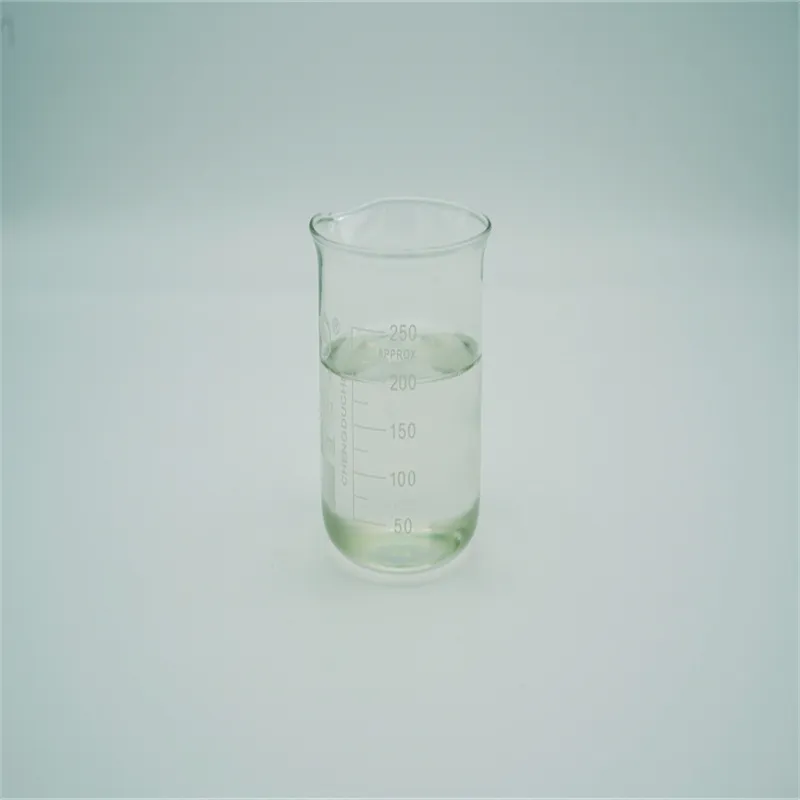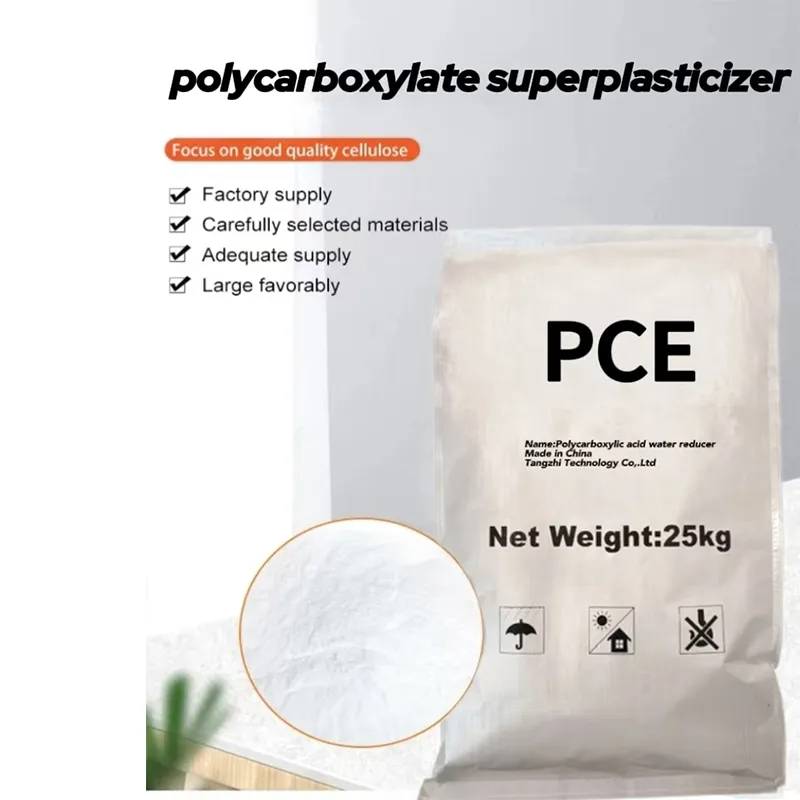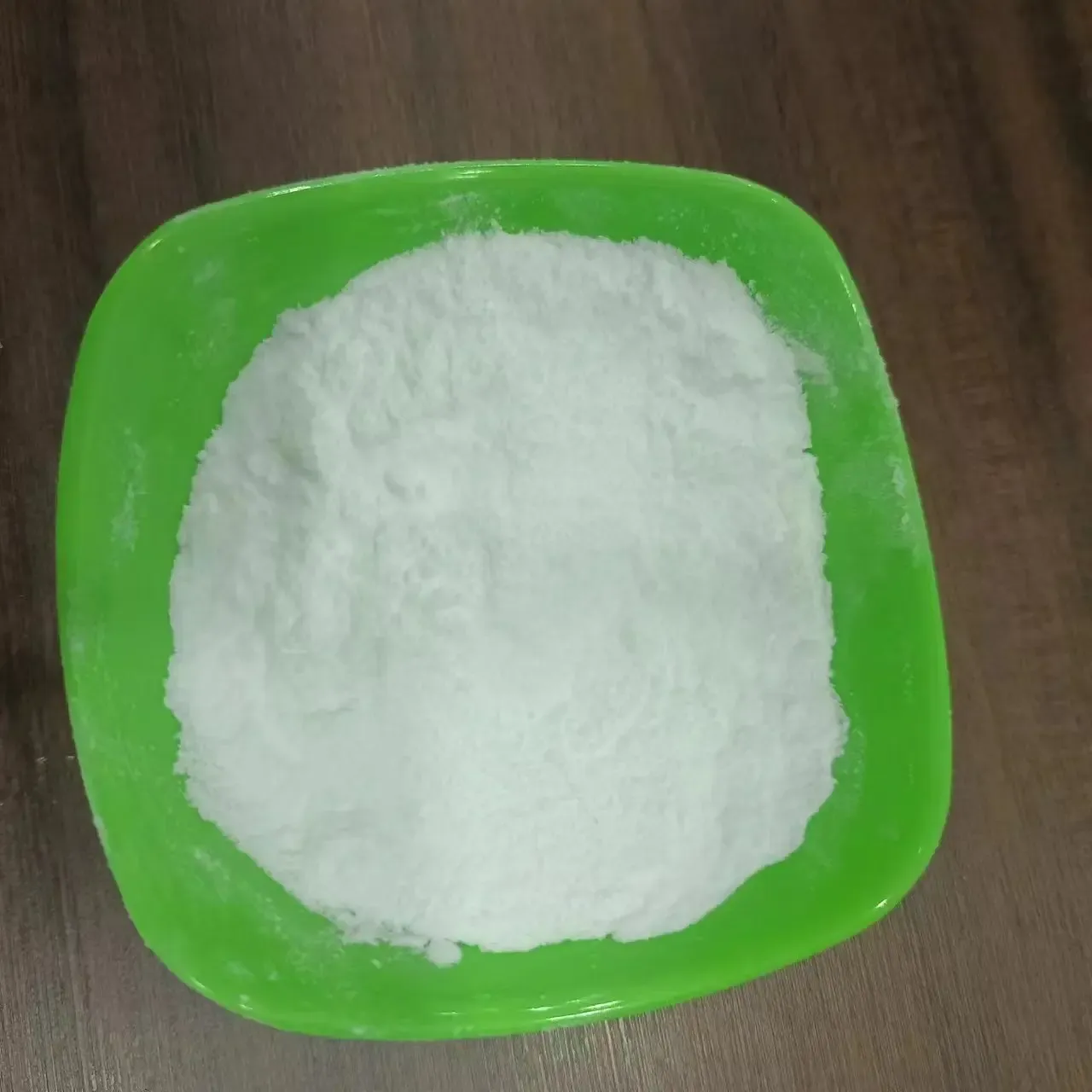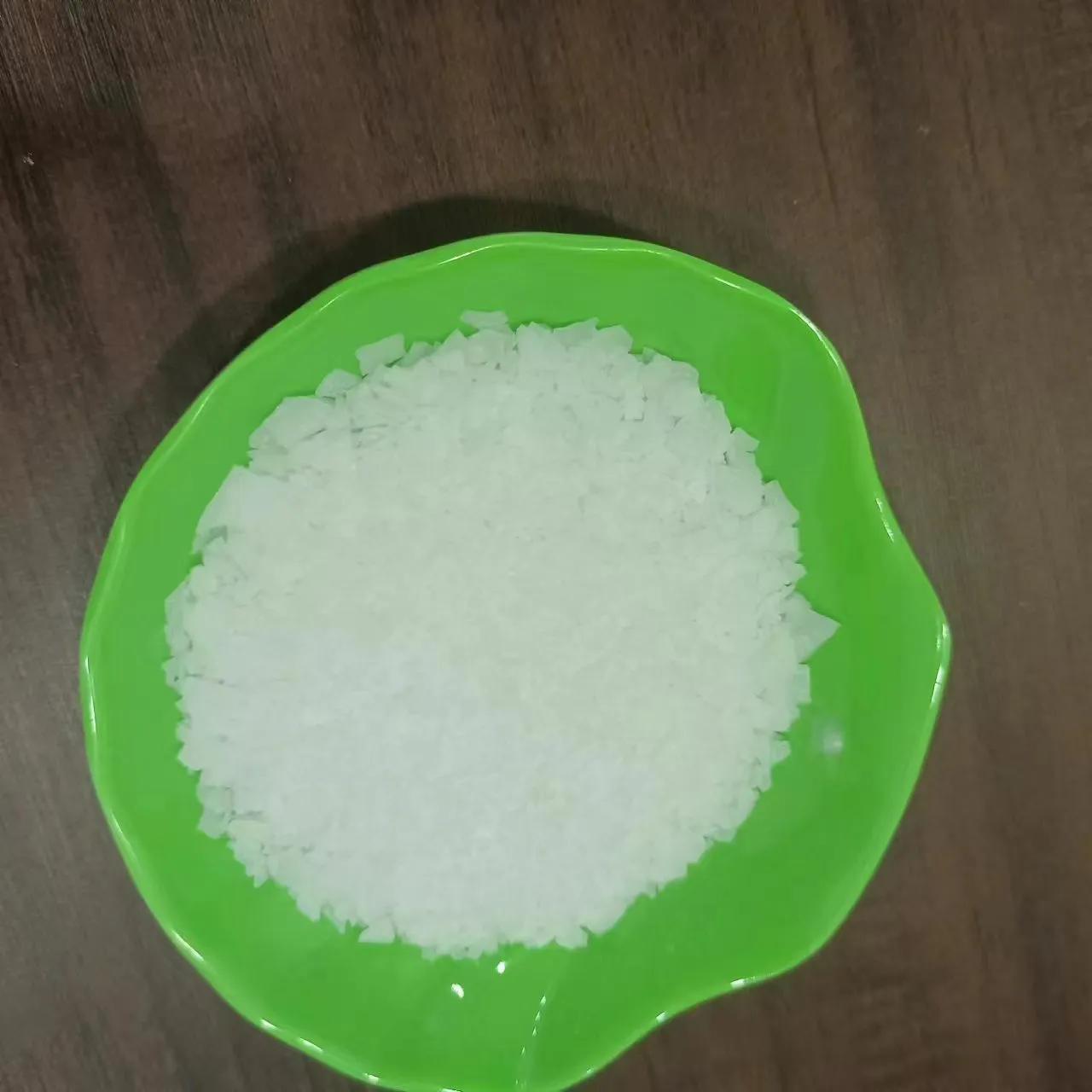
Concrete Water Reducer | High-Performance PCE Superplasticizer
The Indispensable Role of Polycarboxylate Superplasticizer (PCE) in Modern Construction
In the dynamic and ever-evolving landscape of modern construction, the demand for high-performance concrete is paramount, driving innovation in material science and additive technology. Central to this advancement is the pivotal role played by concrete water reducer, a chemical admixture designed to significantly improve concrete workability, strength, and durability without increasing the water content. Among the various classes of these admixtures, Polycarboxylate Superplasticizer (PCE) stands out as a revolutionary technology, offering unparalleled efficiency and versatility. Its unique molecular structure allows for exceptional dispersion of cement particles, leading to substantial water reduction, enhanced fluidity, and superior early and final strength. This technology addresses critical challenges in large-scale infrastructure projects, such as reducing the carbon footprint by minimizing cement consumption, extending the service life of structures, and facilitating complex concrete pours. The adoption of PCE is not merely a technical upgrade; it represents a fundamental shift towards more sustainable, robust, and cost-effective construction practices globally. Its ability to create self-compacting concrete, high-strength concrete, and ultra-high-performance concrete makes it an indispensable component for architects, engineers, and contractors striving for excellence and long-term resilience in their builds. The economic benefits derived from improved workability, faster construction times, and reduced labor costs further solidify its position as a cornerstone additive in contemporary civil engineering, driving the industry towards greater efficiency and environmental responsibility, ultimately reshaping the possibilities of concrete as a primary building material.
Navigating Industry Trends and the Strategic Importance of PCE
The global construction industry is currently experiencing significant shifts, driven by an increasing emphasis on sustainable building practices, rapid urbanization, and the need for resilient infrastructure capable of withstanding extreme environmental conditions. Within this context, the demand for high-performance concrete, enabled by advanced admixtures like Polycarboxylate Superplasticizer (PCE), continues its robust upward trajectory. This trend is fueled by several factors, including stricter environmental regulations pushing for reduced carbon emissions from cement production, the necessity for more durable structures with extended service lives, and the growing complexity of architectural designs requiring highly flowable and self-compacting concrete. Consequently, the market for concrete water reducer technologies, particularly those based on polycarboxylate ether chemistry, is expanding at an unprecedented rate, with innovations continuously improving their efficacy and cost-efficiency. Manufacturers are responding to these market dynamics by developing specialized PCE formulations that cater to specific regional climates and project requirements, from extremely high-strength applications in skyscrapers to enhanced workability in tunnel lining. The competitive landscape, influenced by global polycarboxylate ether price fluctuations and raw material availability, compels suppliers to optimize their production processes and supply chains. End-users, including large-scale construction firms and precast concrete producers, are increasingly prioritizing suppliers who can offer consistent quality, technical support, and the ability to customize solutions, underscoring the strategic importance of choosing a reliable partner in this critical segment of construction materials. This dynamic environment highlights PCE's role not just as an additive, but as a key enabler for the future of sustainable and high-performance construction worldwide, driving significant advancements in material science.
Polycarboxylate Superplasticizer (PCE) Technical Parameters and Performance Metrics
Understanding the technical parameters of Polycarboxylate Superplasticizer (PCE) is crucial for engineers and procurement specialists to select the optimal concrete water reducer for their specific applications, ensuring both performance and compliance with project specifications. PCE, unlike traditional lignosulfonate-based or naphthalene-based superplasticizers, derives its superior performance from its comb-like molecular structure, featuring a polycarboxylate main chain with grafted polyoxyethylene side chains. This unique architecture provides a powerful steric hindrance and electrostatic repulsion effect, effectively dispersing cement particles and allowing for significant water reduction while maintaining or improving workability. Key technical indicators for PCE include its solid content, which typically ranges from 20% to 50%, impacting the dosage rate and overall cost-effectiveness. The water reduction rate, often exceeding 30%, is a primary metric, directly correlating with increased concrete strength and density. Slump retention capabilities are equally vital, indicating how long the concrete maintains its workability before setting, crucial for long-haul transportation or extended pour times. Other important parameters encompass the chloride ion content (to prevent rebar corrosion), alkali content (to mitigate alkali-aggregate reaction), pH value, and air content, all of which are meticulously controlled during manufacturing to meet international standards such as ASTM C494 Type F (Water-Reducing and High-Range Water-Reducing Admixtures) or Type G (Water-Reducing, High-Range Water-Reducing, and Retarding Admixtures). These precise specifications ensure that PCE contributes to durable, high-performance concrete suitable for a wide array of demanding construction environments, from high-rise buildings to critical infrastructure projects, consistently delivering predictable and superior results across diverse mix designs and climatic conditions, making it the preferred choice for advanced concrete applications.
| Parameter | Unit | Typical Value Range | Relevant Standard / Significance |
|---|---|---|---|
| Solid Content | % | 20-50 | Indicates concentration; affects dosage. |
| Water Reduction Rate | % | ≥25 (often >30) | Primary performance indicator; higher means stronger concrete. |
| Slump Retention (60 min) | mm | ≥220 (initial slump typically 240-260mm) | Ability to maintain workability over time; crucial for long transport. |
| Chloride Ion Content | % | ≤0.01 | Critical for preventing rebar corrosion; low is essential. |
| Alkali Content (Na2O eq) | % | ≤0.2 | Minimizes risk of alkali-aggregate reaction (AAR). |
| pH Value | 6.0-8.0 | Indicates stability and compatibility with cement. | |
| Air Content in Concrete | % | ≤3.0 (for non-air-entraining PCE) | Ensures proper density and strength; controlled for freeze-thaw resistance. |
The Advanced Manufacturing Process of Polycarboxylate Superplasticizer (PCE)
The production of high-quality Polycarboxylate Superplasticizer (PCE), a sophisticated concrete water reducer, involves a meticulous and technologically advanced chemical synthesis process that ensures its unparalleled performance in concrete applications. The manufacturing journey begins with the selection of high-purity raw materials, primarily polyether macromonomers (e.g., polyethylene glycol monoallyl ether) and unsaturated carboxylic acids (e.g., acrylic acid, maleic anhydride). These precise materials are crucial as they dictate the final molecular architecture and, consequently, the performance characteristics of the PCE. The core manufacturing process is radical polymerization, typically conducted through solution polymerization or emulsion polymerization methods. In this stage, the monomers are reacted under precisely controlled conditions of temperature, pressure, pH, and reaction time, often in the presence of initiators and chain transfer agents. The choice of polymerization method and reaction parameters significantly influences the molecular weight, distribution of side chains, and overall comb-like structure, which are critical for the PCE’s dispersing capability and slump retention. Post-polymerization, the crude PCE solution undergoes several purification and modification steps, which may include filtration, neutralization, and concentration, to remove impurities and adjust its final physical and chemical properties, such as solid content and pH. Stringent quality control measures are implemented at every stage, from raw material inspection (e.g., purity, molecular weight) to in-process monitoring of reaction kinetics and final product testing. These tests adhere to international standards such as ISO 9001 for quality management and specific product performance benchmarks (e.g., ASTM C494), ensuring that each batch of concrete water reducer meets the highest industry requirements for consistency, performance, and safety. This rigorous manufacturing process, backed by continuous R&D, ensures the production of a superior PCE that consistently delivers enhanced workability, increased strength, and improved durability in diverse concrete applications globally, making it a reliable and effective solution for complex construction challenges.

Illustrative diagram of raw material handling for concrete water reducer production.
Diverse Application Scenarios and Unmatched Technical Advantages of PCE
Polycarboxylate Superplasticizer (PCE), as a cutting-edge concrete water reducer, offers a wide array of technical advantages and finds extensive application across various critical sectors within the construction industry. Its superior dispersion capabilities allow for significant reductions in the water-cement ratio, leading directly to higher concrete strengths (both early and final) and enhanced durability, a crucial factor in infrastructure projects demanding long service life, such as bridges, dams, and tunnels. In the realm of high-rise construction, PCE facilitates the production of highly flowable and self-compacting concrete (SCC), which minimizes the need for vibration, reduces labor costs, and accelerates construction schedules, while ensuring superior surface finishes. For precast concrete elements, PCE enables rapid demolding, boosts productivity, and results in products with excellent mechanical properties and aesthetic appeal. Furthermore, its ability to maintain slump for extended periods, even in hot weather conditions, is invaluable for projects requiring long transport distances or extended pour times, mitigating the risk of premature stiffening. This particular characteristic reduces concrete waste and ensures consistent quality. The use of PCE also significantly improves concrete's impermeability, enhancing its resistance to aggressive environments, including those exposed to chemicals, sulfates, and freeze-thaw cycles, thereby extending structural longevity in coastal or industrial settings, crucial for industries like petrochemical, metallurgy, and water supply/drainage. Its environmentally friendly profile, including low formaldehyde and ammonia content, aligns with modern green building standards. These multifaceted benefits, encompassing improved workability, superior mechanical performance, enhanced durability, and environmental compliance, position PCE as the preferred concrete water reducer for demanding construction applications, consistently delivering economic advantages through material optimization and faster project completion, truly enabling more efficient and resilient infrastructure globally.

PCE facilitates efficient concrete pouring in complex high-rise structures.
Manufacturer Comparison and Tailored Customization Solutions
In the global market for concrete water reducer products, a myriad of manufacturers offer various types of Polycarboxylate Superplasticizer (PCE), each with subtle differences in formulation, performance, and polycarboxylate ether price. For B2B decision-makers, distinguishing between suppliers is not merely about cost, but about consistent quality, reliable supply, and the provision of robust technical support. Leading manufacturers like TangZhi differentiate themselves through rigorous R&D, advanced production facilities adhering to ISO 9001 standards, and a deep understanding of concrete chemistry. While some suppliers may offer lower initial polycarboxylate ether prices, this often comes at the expense of product consistency, reduced water reduction efficiency, or compromised slump retention, leading to costly delays and rework on project sites. A reputable manufacturer provides detailed product specifications, comprehensive material safety data sheets (MSDS), and concrete test data to substantiate product claims. Moreover, the ability to offer customized solutions is a significant advantage. Every construction project presents unique challenges regarding mix design, local aggregate availability, environmental conditions (e.g., temperature, humidity), and specific performance requirements (e.g., early strength development for precast, prolonged slump for mass concrete pours). A leading concrete water reducer provider should possess the expertise to analyze these variables and formulate bespoke PCE blends that optimize performance for a given scenario. This might involve adjusting the molecular weight distribution, controlling the density and length of side chains, or integrating specific functional groups to achieve desired workability, setting times, or air entrainment properties. Such tailored solutions ensure maximum efficiency, reduce on-site adjustments, and ultimately contribute to significant cost savings and superior project outcomes, fostering long-term partnerships built on trust and proven performance.

Tailored concrete water reducer formulations for specific project demands.
Transformative Impact: Real-World Application Cases of PCE
The tangible benefits of Polycarboxylate Superplasticizer (PCE) as an advanced concrete water reducer are best illustrated through its successful implementation in diverse, high-profile construction projects globally. For instance, in the construction of a major suspension bridge requiring ultra-high-performance concrete with exceptional compressive strength and durability to withstand harsh marine environments and seismic activity, specialized PCE formulations were instrumental. By achieving a water-cement ratio as low as 0.25 while maintaining perfect workability, the PCE enabled the production of concrete with strengths exceeding 100 MPa, significantly reducing the structure's self-weight and extending its projected service life beyond 150 years, ultimately enhancing the long-term resilience and reducing maintenance costs for the infrastructure owner. Another compelling example comes from a large-scale data center project, where strict deadlines necessitated rapid construction and self-compacting concrete was crucial for complex pours around dense rebar networks and intricate electrical conduits. The PCE-enabled SCC allowed for seamless placement, eliminating the need for manual vibration, which not only accelerated the pouring process by 30% but also ensured a superior, defect-free finish on critical structural elements. Furthermore, in a recent mega-dam construction project in a remote, hot climate, the extended slump retention offered by a high-performance concrete water reducer was vital. Concrete needed to be transported over long distances and poured continuously for many hours without stiffening. The customized PCE ensured that concrete maintained its initial slump for over 4 hours, minimizing cold joints and ensuring monolithic pours across vast sections, drastically reducing logistical complexities and contributing to significant labor and equipment savings. These cases underscore how PCE provides real, measurable improvements in construction efficiency, structural performance, and overall project economics, solidifying its status as an essential component for any ambitious and demanding civil engineering endeavor.

Polycarboxylate Superplasticizer in action for a durable bridge structure.
Ensuring Trust: Quality Assurance, Delivery, and Comprehensive Customer Support
For B2B clients, establishing trust with a supplier of critical construction materials like Polycarboxylate Superplasticizer (PCE) is paramount, encompassing not just product quality but also the entire service experience, from order to after-sales support. TangZhi, as a reputable provider of advanced concrete water reducer solutions, operates under a strict quality management system, holding ISO 9001 certification which mandates rigorous quality control processes at every stage of production, from raw material sourcing to final product testing. Our PCE products consistently meet and often exceed international standards such as ASTM C494 for chemical admixtures, ensuring reliable and consistent performance on your projects. Beyond product quality, we prioritize transparent and efficient logistics. Our typical delivery cycle for standard orders ranges from 7 to 14 business days, depending on destination and order volume, with expedited options available for urgent requirements, ensuring project timelines are met. Each shipment is accompanied by a Certificate of Analysis (CoA) and Material Safety Data Sheet (MSDS) to guarantee product authenticity and safe handling. Furthermore, our commitment extends to a robust warranty policy, typically covering product quality for 12 months from the date of manufacture, provided storage and usage guidelines are followed. This warranty underscores our confidence in our product's durability and performance. Customer support is a cornerstone of our service philosophy. Our dedicated technical team comprises experienced concrete technologists and engineers available to provide pre-sales consultation, assist with mix design optimization, conduct on-site trials, and offer troubleshooting support during project execution. This comprehensive support ensures that our clients receive not only a superior concrete water reducer but also the expert guidance needed to maximize its benefits and achieve optimal concrete performance. We believe that building long-term partnerships is founded on delivering consistent quality, reliable logistics, and unwavering technical assistance.

Rigorous quality control ensures consistent performance of concrete water reducer.
Frequently Asked Questions (FAQ) about Polycarboxylate Superplasticizer (PCE)
Q1: What are the primary advantages of Polycarboxylate Superplasticizer (PCE) over traditional superplasticizers?
PCE offers superior water reduction capabilities (often >30%), excellent slump retention without significant set retardation, and better compatibility with various cements and aggregates due to its unique comb-like molecular structure that provides powerful steric hindrance. This results in higher strength, improved durability, and more consistent concrete performance compared to older generation naphthalene or lignosulfonate-based superplasticizers. Its efficiency means lower dosages are often required, potentially offering cost savings in the long run.
Q2: How does the dosage of concrete water reducer affect concrete properties?
The optimal dosage of Polycarboxylate Superplasticizer (PCE) is crucial and depends on the desired water reduction, cement type, aggregate properties, and ambient temperature. Under-dosing will not achieve the desired fluidity or water reduction, while over-dosing can lead to excessive segregation, bleeding, or significant retardation of setting time. Our technical team provides guidance on optimal dosage rates through comprehensive mix design trials to ensure the best performance.
Q3: Is Polycarboxylate Superplasticizer compatible with other concrete admixtures?
Generally, Polycarboxylate Superplasticizer (PCE) is highly compatible with most common concrete admixtures, including air-entraining agents, set accelerators, and set retarders. However, it's essential to perform compatibility tests with the specific combination of admixtures and cementitious materials intended for a project. Our technical support team can assist in verifying compatibility and recommending appropriate usage protocols to avoid adverse interactions.
Q4: What are the typical storage conditions for PCE?
Polycarboxylate Superplasticizer (PCE) should be stored in tightly sealed container111s in a cool, dry place, away from direct sunlight and extreme temperatures (ideally between 5°C and 35°C). Freezing can affect the product's stability and performance, though many formulations are freeze-thaw stable. Proper storage ensures the product maintains its efficacy for its specified shelf life, which is typically 12 months from the date of manufacture when stored correctly.
Conclusion & Further Reading
Polycarboxylate Superplasticizer (PCE) stands as a testament to advancements in construction chemistry, fundamentally transforming concrete technology. Its superior capabilities as a concrete water reducer enable the creation of high-performance, durable, and sustainable concrete structures essential for modern infrastructure development. From significantly reducing water content to enhancing workability, improving strength, and extending structural longevity, PCE offers a comprehensive solution for the most demanding construction challenges. As the industry continues to push the boundaries of design and performance, the strategic adoption of advanced admixtures like PCE becomes increasingly critical for achieving both technical excellence and environmental responsibility. We at TangZhi are committed to providing cutting-edge polycarboxylate ether solutions, backed by rigorous quality control and unparalleled technical support, ensuring our clients achieve optimal results in every project.
References:
- J. Plank, W.X. Tan, M. Zelić, T.F. Zhang, Z.C. Ni, M.F. Zhou. "A comprehensive review on the mechanisms of action of polycarboxylate superplasticizers in concrete technology." Cement and Concrete Research, 2021.
- P.C. Hewlett. "Lea's Chemistry of Cement and Concrete." 5th Edition, Butterworth-Heinemann, 2019.
- T. A. Taylor, D. P. Lange. "The Effects of Polycarboxylate-Based Admixtures on Cement Hydration and Concrete Properties." ACI Materials Journal, 2018.
- E. A. R. O'Hanlon, C. F. F. Li, S. G. H. Li. "Innovation in Concrete Admixtures: A Decade of Polycarboxylate Research and Application." Construction and Building Materials, 2020.
-
Reliable Powdered Cellulose Supplier: Quality, Sustainability & InnovationNewsNov.24,2025
-
Find Trusted Microfibrillated Cellulose Suppliers for Sustainable Industrial SolutionsNewsNov.24,2025
-
Leading Methocel Suppliers: Quality, Innovation & Sustainability in Methylcellulose SupplyNewsNov.23,2025
-
Reliable Hydroxyethylcellulose Suppliers for Industry & Sustainability | Tangzhi HPMCNewsNov.23,2025
-
Top Ethyl Cellulose Supplier – Quality, Sustainability, and Industrial SupportNewsNov.23,2025
-
Trusted CMC Powder Suppliers for Food, Pharma & Industrial Use | Tangzhi HPMCNewsNov.22,2025





















